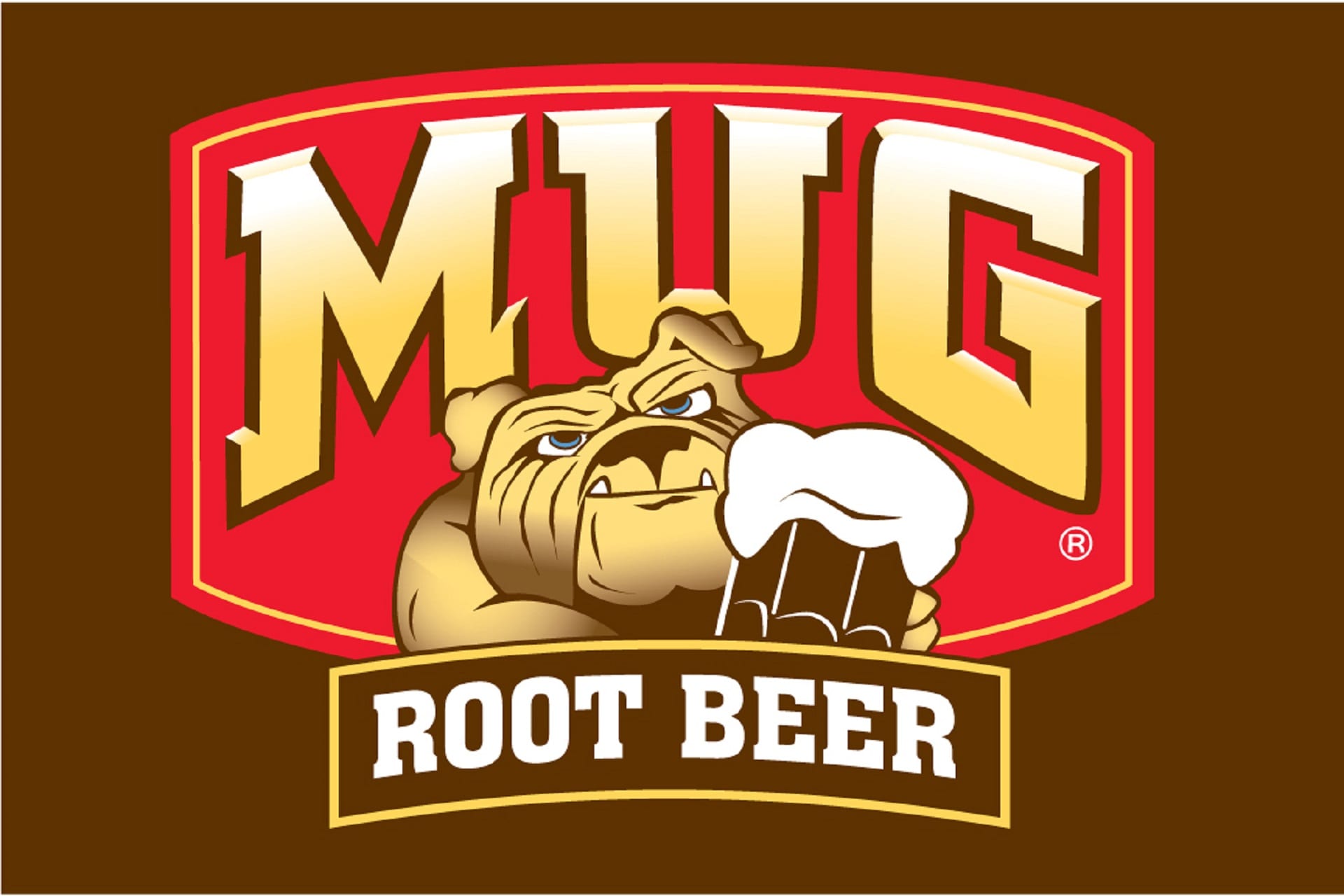Root beer is more than just a fizzy drink—it’s a beverage steeped in history, culture, and innovation. Its origins trace back centuries, evolving from humble herbal concoctions to a beloved American classic. Root beer has captured the hearts of millions with its unique taste and nostalgic appeal. Whether you’re sipping it at a summer barbecue or enjoying it with a scoop of vanilla ice cream, root beer is a drink that continues to inspire curiosity and delight. But how did this iconic beverage come to be? Let’s dive into its rich history and uncover the roots of this timeless refreshment.
Root beer’s journey began long before it became a household name. Its earliest versions were medicinal brews crafted by Native Americans and early settlers using roots, barks, and herbs. These early formulations were not only tasty but also believed to have health benefits. Over time, the drink evolved, gaining popularity in the 19th century thanks to pioneers like Charles Hires, who commercialized root beer and brought it to the masses. Today, root beer is enjoyed worldwide, but its story is deeply rooted in American history.
As we explore the history of root beer, we’ll uncover its fascinating origins, the key figures who shaped its development, and its cultural significance. From its medicinal roots to its modern-day variations, root beer has a story worth telling. Whether you’re a history buff, a food enthusiast, or simply a fan of this fizzy drink, this article will take you on a journey through time to discover how root beer became a beloved staple in our lives.
Read also:Christina Schwarzenegger A Deep Dive Into Her Life Career And Legacy
Table of Contents
- What Are the Origins of Root Beer?
- Who Was Charles Hires and How Did He Transform Root Beer?
- How Did Root Beer Evolve in the 20th Century?
- What Are the Key Ingredients in Root Beer?
- Is Root Beer Still Popular Today?
- What Are the Cultural Significances of Root Beer?
- How Can You Make Homemade Root Beer?
- Frequently Asked Questions About Root Beer
What Are the Origins of Root Beer?
The history of root beer is as diverse as the ingredients used to make it. Its origins can be traced back to ancient times when herbal teas and medicinal brews were commonly consumed for their health benefits. Native Americans were among the first to experiment with root-based beverages, using plants like sassafras, wintergreen, and birch bark to create flavorful concoctions. These early drinks were not only refreshing but also believed to have healing properties.
When European settlers arrived in America, they adopted many of these indigenous practices, blending them with their own herbal traditions. The result was a unique beverage that combined the flavors of sassafras, licorice root, and other natural ingredients. By the 18th century, root beer-like drinks had become a staple in colonial households, often brewed at home for medicinal purposes. These early versions were non-alcoholic, making them suitable for all ages.
How Did Sassafras Influence Early Root Beer Recipes?
Sassafras was one of the most important ingredients in early root beer recipes. Its distinct flavor and aroma made it a favorite among brewers. Native Americans introduced sassafras to European settlers, who quickly embraced its use in beverages. However, concerns about its safety arose in the 20th century when studies suggested that safrole, a compound found in sassafras, could be harmful. As a result, modern root beer recipes often use artificial flavorings or alternative ingredients to mimic the taste of sassafras.
Who Was Charles Hires and How Did He Transform Root Beer?
Charles Hires is widely regarded as the father of commercial root beer. A pharmacist by trade, Hires developed the first mass-produced root beer recipe in the late 19th century. His innovative approach to brewing and marketing transformed root beer from a homemade remedy into a widely available beverage. Hires’ root beer was initially sold as a powdered concentrate, allowing consumers to mix it with water and sugar at home.
Hires’ success was due in part to his clever marketing strategies. He promoted root beer as a “healthful” drink, appealing to the growing interest in natural remedies. By the early 20th century, Hires had expanded his product line to include bottled root beer, making it even more accessible to the public. His efforts laid the foundation for the modern root beer industry.
What Made Hires’ Root Beer Stand Out?
Hires’ root beer stood out for several reasons. First, it was made with high-quality ingredients, ensuring a consistent and appealing flavor. Second, Hires invested heavily in advertising, using slogans like “The National Drink” to build brand recognition. Finally, his decision to offer both powdered and bottled versions of root beer catered to a wide range of consumers, helping to solidify its place in American culture.
Read also:How To Securely Connect Remoteiot Vpc Raspberry Pi Free Download For Windows
How Did Root Beer Evolve in the 20th Century?
The 20th century marked a turning point for root beer, as technological advancements and changing consumer preferences shaped its evolution. The introduction of carbonation and bottling techniques allowed root beer to be produced on a larger scale, making it more affordable and convenient. By the mid-20th century, root beer had become a staple in soda fountains and diners across the United States.
During this time, several iconic root beer brands emerged, including A&W, Barq’s, and Dad’s. These companies competed to create the best-tasting root beer, experimenting with new ingredients and brewing methods. The rise of fast food chains in the 1950s further boosted root beer’s popularity, as it became a popular accompaniment to burgers and fries.
How Did A&W Revolutionize Root Beer?
A&W is one of the most recognizable names in the history of root beer. Founded in 1919, the company was the first to offer root beer in a restaurant setting. Its signature frosty mugs and drive-in service made it a favorite among Americans. A&W’s success inspired other brands to follow suit, leading to the proliferation of root beer stands and soda shops across the country.
What Are the Key Ingredients in Root Beer?
Root beer’s flavor profile is defined by a unique blend of ingredients. While recipes vary, some common components include sassafras, licorice root, vanilla, wintergreen, and birch bark. These ingredients are carefully balanced to create a drink that is both sweet and slightly spicy. Modern root beer often includes artificial flavorings to replicate the taste of traditional ingredients like sassafras.
Why Are Herbal Ingredients Important in Root Beer?
Herbal ingredients are essential to root beer because they provide its distinctive flavor and aroma. Many of these ingredients were originally chosen for their medicinal properties, but their taste soon became the primary reason for their inclusion. Today, herbal ingredients continue to play a key role in defining root beer’s identity.
Is Root Beer Still Popular Today?
Despite the rise of new beverage trends, root beer remains a popular choice for many consumers. Its nostalgic appeal and unique taste have ensured its place in the market. Root beer floats, in particular, continue to be a favorite treat, combining the creamy texture of ice cream with the fizzy sweetness of root beer.
Today, craft root beer brands are gaining traction, offering artisanal versions of the classic drink. These brands emphasize natural ingredients and small-batch production, appealing to consumers who value quality and authenticity. Whether enjoyed in a can, bottle, or float, root beer continues to delight fans of all ages.
What Are the Cultural Significances of Root Beer?
Root beer holds a special place in American culture. It is often associated with summer barbecues, family gatherings, and nostalgic memories of soda fountains. Its history reflects broader trends in American society, from the rise of mass production to the growing interest in natural and artisanal products.
Root beer has also inspired creative uses in cooking and baking. From root beer cakes to glazes for meats, its versatility has made it a favorite ingredient in the kitchen. Its cultural significance extends beyond the United States, as it has gained fans worldwide.
How Can You Make Homemade Root Beer?
Making homemade root beer is a fun and rewarding experience. With just a few simple ingredients, you can create a drink that captures the essence of traditional root beer. Here’s a basic recipe to get you started:
- Gather your ingredients: sassafras root bark, licorice root, vanilla extract, wintergreen extract, and sugar.
- Simmer the roots and extracts in water to create a concentrated tea.
- Strain the mixture and add sugar to taste.
- Chill the mixture and add carbonated water before serving.
Experiment with different ingredients and proportions to find the perfect flavor for your palate.
Frequently Asked Questions About Root Beer
Is Root Beer Alcoholic?
No, modern root beer is non-alcoholic. However, some early versions of root beer contained small amounts of alcohol due to the fermentation process.
Why Is Root Beer Called “Beer”?
The term “beer” refers to the drink’s brewing process, which is similar to that of traditional beer. Despite its name, root beer does not contain hops or grains.
Can You Drink Root Beer If You’re Lactose Intolerant?
Yes, root beer is lactose-free and safe for those with lactose intolerance. However, some root beer floats may contain dairy from the ice cream.
Conclusion
The history of root beer is a testament to the power of innovation and tradition. From its humble beginnings as a medicinal brew to its status as a beloved American classic, root beer has captured the hearts of millions. Its rich flavor and cultural significance ensure that it will remain a favorite for generations to come. Whether you’re sipping it straight from the bottle or enjoying it in a creative recipe, root beer is a drink that continues to inspire joy and nostalgia.
Learn more about the history of root beer here.

